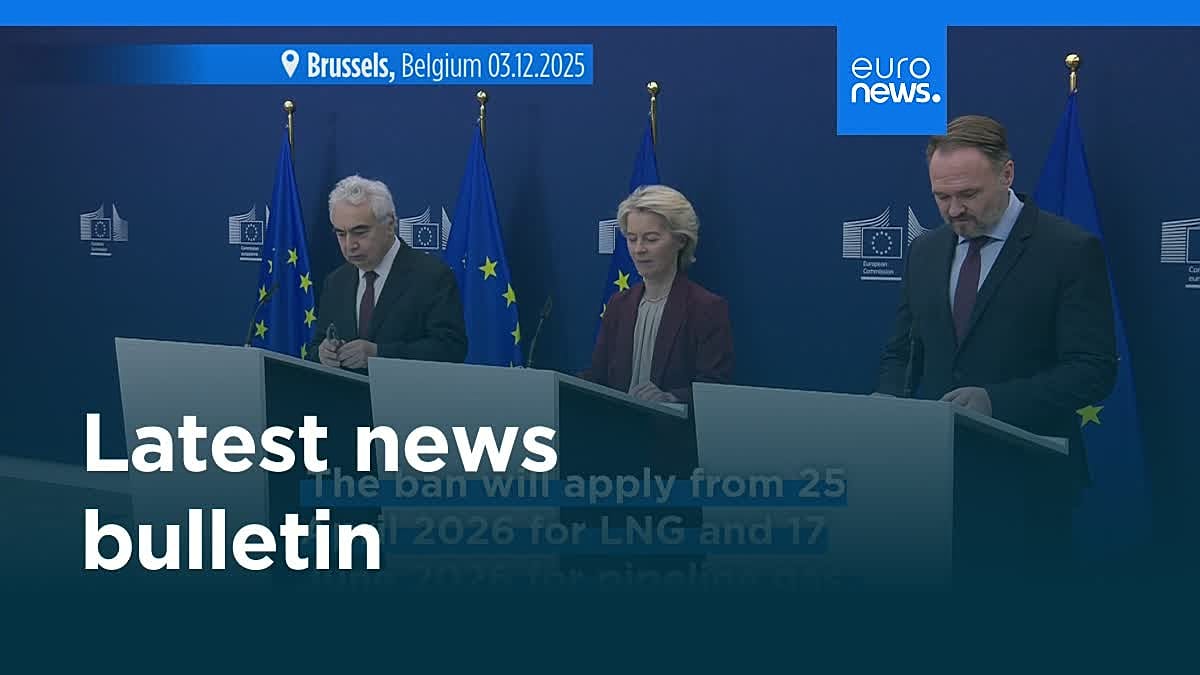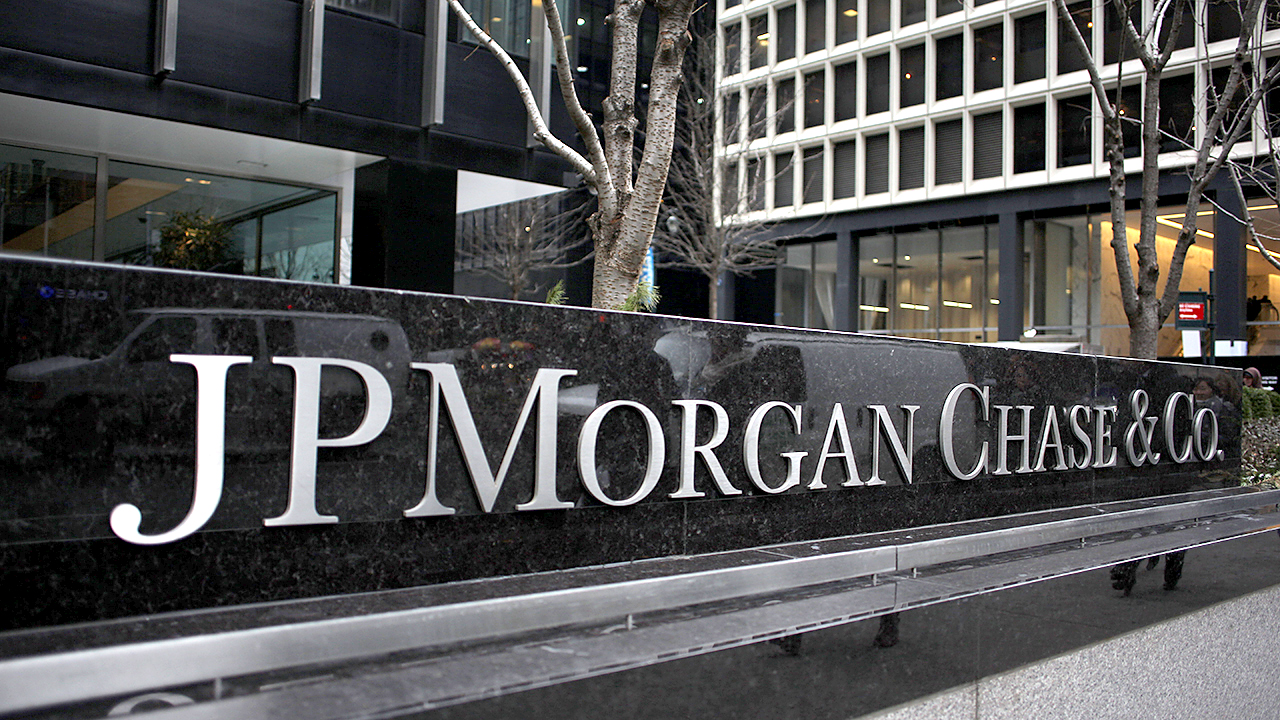Collaboration, Not Competition: Why Fintechs and Traditional Finance Must Build the Future of Payments Together


By Meryem Habibi, CRO, Bitpace
Global corporations move nearly $23.5 trillion through cross-border payments annually, yet fees, delays, and friction persist. Meanwhile, crypto-native rails are offering real-time settlement at a fraction of the cost. The future of finance isn’t a battleground, it’s a bridge.
In the fast-evolving world of fintech, a narrative often takes hold: that crypto and blockchain are here to disrupt and displace the old guard of traditional finance. But this mindset risks missing the bigger opportunity. The most impactful innovations in financial services will come not from working in a silo but from working together.
Yes, blockchain and crypto bring powerful advantages to the table. Transparency, 24/7 global settlement, and programmable infrastructure, to name a few. But these capabilities don’t exist in a vacuum. They’re most powerful when paired with the established systems, regulatory expertise, and customer trust that traditional financial institutions have spent decades building. Traditional finance has trust, compliance, and scale. Fintech has speed, transparency, and programmability. Alone, each solves some problems. Together, they solve the big ones.
Too often, we focus on the failings of one system to justify the rise of another. High-profile fraud cases or outdated legacy rails in traditional finance may grab headlines, but decentralised platforms face their own challenges, from regulatory uncertainty to security vulnerabilities. Instead of fuelling narratives of disruption for disruption’s sake, we should channel that energy into building bridges.
Imagine blockchain-enabled payments running on top of robust compliance frameworks. Or global banks using crypto rails to power faster, cheaper remittances to the unbanked. These aren’t pipe dreams, they’re already happening. And the benefits are real: more inclusive access to international markets, greater transparency, faster settlement, and more intelligent risk management. Take JPMorgan’s Onyx network or Visa’s USDC settlements; these aren’t fringe experiments, they’re proof that legacy finance is leaning into blockchain infrastructure when it drives real value.
Today, we’re past just imagining this collaborative future, we’re actively building it. Through strategic partnerships with payment and liquidity providers, financial institutions, and fintech platforms, we’re helping to integrate crypto into existing ecosystems in a way that enhances, rather than disrupts.
Crypto payment gateways offer businesses a fast, secure, and compliant way to accept and settle in crypto across borders. For traditional financial institutions looking to embed crypto capabilities without rebuilding their infrastructure and using the crypto expertise that we have built throughout the years, our whitelabel solution makes it possible to add crypto payments seamlessly into any existing payment flow, under their own brand, with full regulatory support.
Whether it’s speeding up global settlements or enabling access to new markets, companies stand to gain from making their payment ecosystem more efficient by merging blockchain technology with traditional finance, unlocking transformation, and making a real impact.
The future of global payments isn’t about one side winning. It’s about co-creating a resilient, inclusive financial infrastructure that scales with the speed of innovation.
Let’s stop framing this as fintech vs. finance. It’s builders with bankers, engineers with regulators, and us with them.
Because the next decade of finance will be written by those who collaborate.
The post Collaboration, Not Competition: Why Fintechs and Traditional Finance Must Build the Future of Payments Together appeared first on European Business & Finance Magazine.


















































